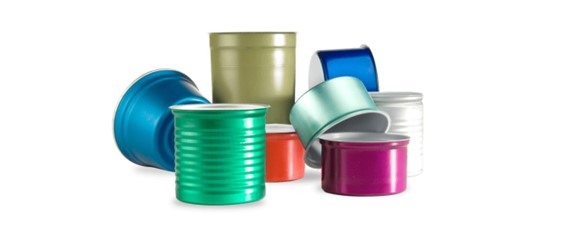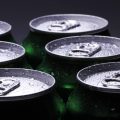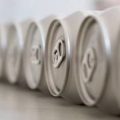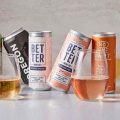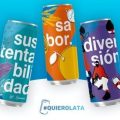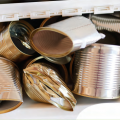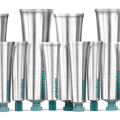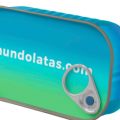Good packaging connects with the consumer in less than 8 seconds. This is the time it takes for the potential consumer to decide whether or not a product will end up in the shopping cart.
Aware of this, brands use different seduction weapons in their packaging. One of them, which sometimes goes unnoticed, is the chromatic language. Activate the sensory springs to evoke the right sensations to stimulate our purchase. And color is the first thing we look at in 90% of the cases.
The multinational Silgan Containers Corporation has launched a new line of colored aluminum cans to help companies capture the attention of consumers. The new cans are made of tinted aluminum to obtain a wide variety of colors. It is possible that color may condition a consumer’s decision, but it will only be the first time he/she buys the product, since once he/she has tried it, it will be the content that will keep him/her loyal.
The psychology of colors is quite complex. They can mean different things depending on the culture, situation and industry. But there are some sensations that would be linked to our evolutionary past and would be universal.
According to some studies, the yellow of Sprite cans was intensified by 10%, and several consumers complained of a supposedly more acidic taste. They thought, because of the yellow packaging, that it contained more lemon, although the composition of the drink was exactly the same as always.
Cool-colored beverage cans such as blue or green are more thirst quenching than warm-colored packages; pink packages for bakery products intensify the sweet taste; and coffee is often packaged in brown packages because it enhances its flavor and aroma.
Traditionally, blue, green and red are the three favorite colors. This fact could evidence certain implicit unconscious associations common to all humans and linked to our primate past. Light blue is perceived as trustworthy, calm and safe, green is associated with health, freshness and serenity while red activates the pituitary gland, increasing the heart rate and accelerating breathing. It is the only color that causes a measurable physiological reaction.

